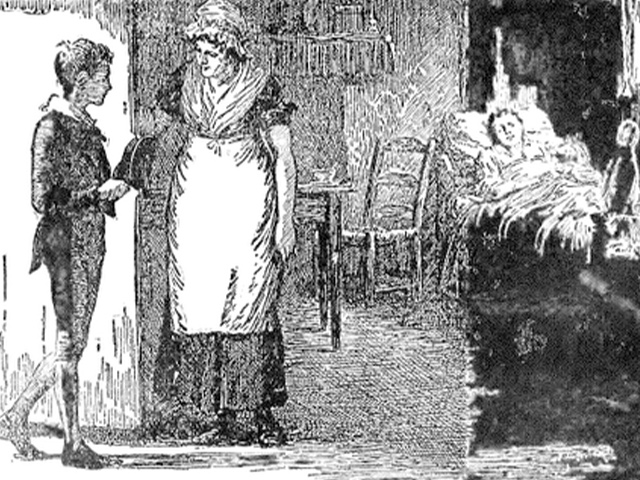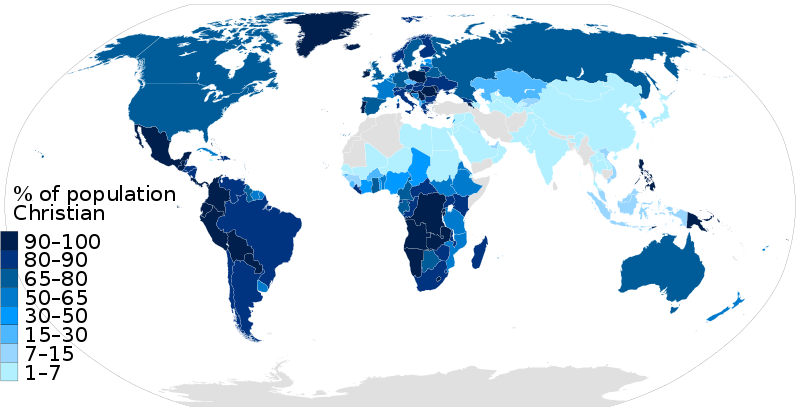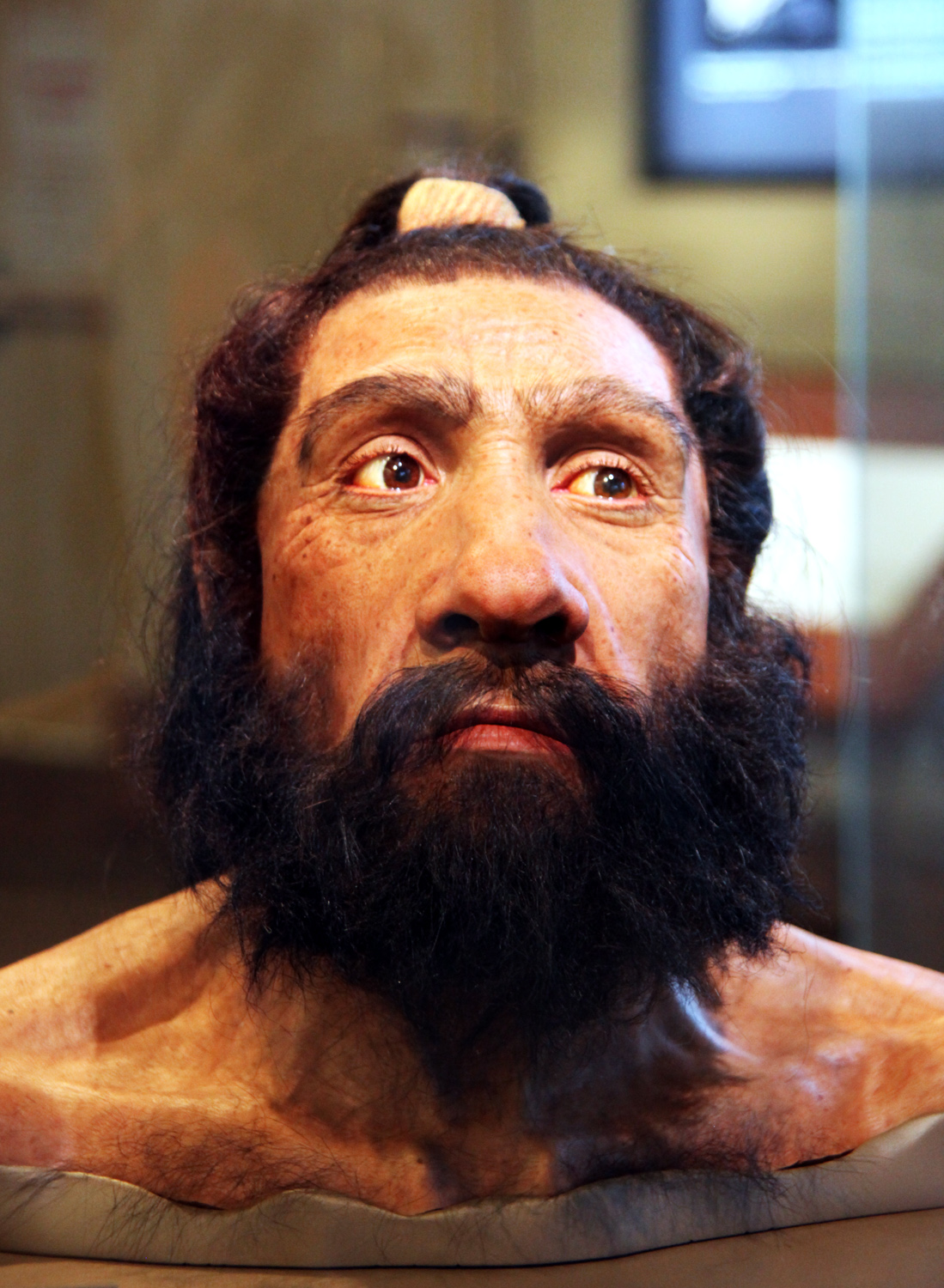Richard the Third is believed to be one of Shakespeare’s earliest plays. It is also the second longest in the collection, with only Hamlet being longer. It is so long, in fact, that its full text is rarely played out. With five acts, each comprised of at least four scenes, it is a monumental accomplishment, even for the most prolific writer in the English language. It is crowded by a litany of characters, with most being from royal families, but including clergy, elected officials, and a handful of ghosts for good measure. Perhaps its best known phrase is the beginning of a speech given by Richard the Third at the start of the second scene. The oft-quoted line, “Now is the winter of our discontent”, has been referenced in popular culture, including the movie “Being John Malkovich”, and even used as the title of a novel by Steinbeck. The plot is complex and demands rigourous attention to the characters and the storyline. It twists and turns through elaborate schemes with different members of different royal families manipulating one another in a fierce battle for power. With his plot to gain the throne having succeeded, Richard goes on to rule for only two years, during which members of rival families make efforts to have him removed. In the finale, his wicked ways return to haunt him on the fields of the Battle of Bosworth where his followers abandon him and the ghosts of his victims admonish him to “despair and die”. His imminent death occurs at the hands of the Earl of Richmond who subsequently assumes the throne. As with all of Shakespeare’s creations, the play contains elements contrary to the principal themes. Some of the despised king’s speeches draw sympathy from the audience and, despite it being classified as a tragedy, it is infused with comedic elements. To be sure, though, it is a dry and ironic humour. And, for all the murderous acts alluded to in the story, acts of physical violence are notably omitted. Richard the Third is available, in unabridged form, from forgottenbooks.org. It is faithfully reproduced from a stage adaptation that was originally published in 1822. As such, it contains details about costumes and notes about how it was to be played. Specifically, there is a diagram of the arrangement of characters at the closing of the final scene. The text has a classic, yet spartan, appearance that lends an ominous atmosphere to the script. It also contains a list of the actors and their corresponding roles as played at two different theatres as well as a list of other publications in the same collection. There is renewed interest in the historical figure of Richard the Third thanks to a bizarre post-mortem on a skeleton found beneath a church in 2012. DNA studies confirmed its identity and anatomic analysis showed evidence of the deformed figure depicted by Shakespeare. It also identified multiple crushing and penetrating wounds to the skull, corresponding to the violent end to a tyrannous reign. Finally, just two weeks ago, the identification of parasitic eggs at the site of the inauspicious burial added yet further to the stranger-than-fiction legacy. For some weary followers, it may be an epilogue, drawing the story of Richard the Third to a close and leaving Shakespeare’s play to tell the tragic tale of England’s most infamous king.]]>
BREAKING NEWS
- Who was Harriet Tubman? The Life and Legacy of an American Heroine.
- What were the causes of World War I?
- The Spanish Civil War: How it all started and its aftermath
- How did the Partition of India happen and what were the consequences?
- Hildegard of Bingen: A Renaissance Woman Before Her Time
- What was Watergate?
- Seeking Refuge: International Refugee Policy and the Holocaust
- How did Switzerland stay neutral during World War II?
- Lines In The Sand, part 2: The Mexican-American War
- What is “blackbirding”?
2014 Powered By Wordpress, Goodnews Theme By Momizat Team






